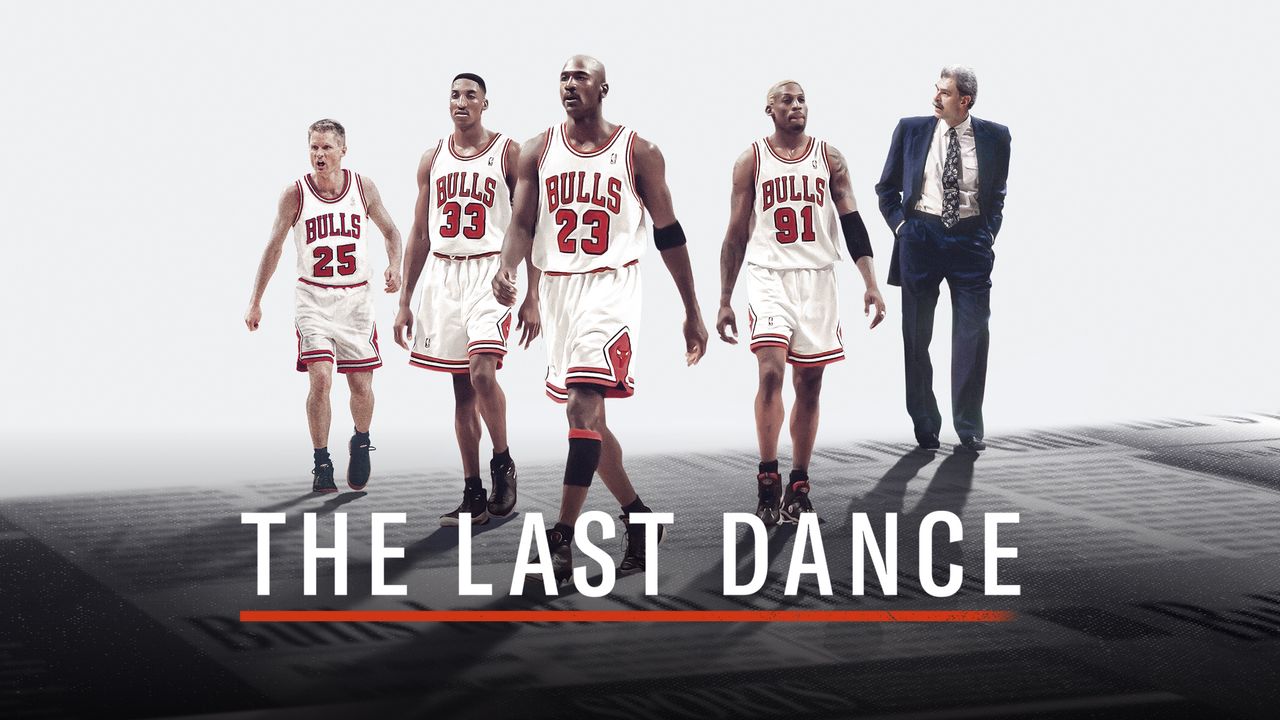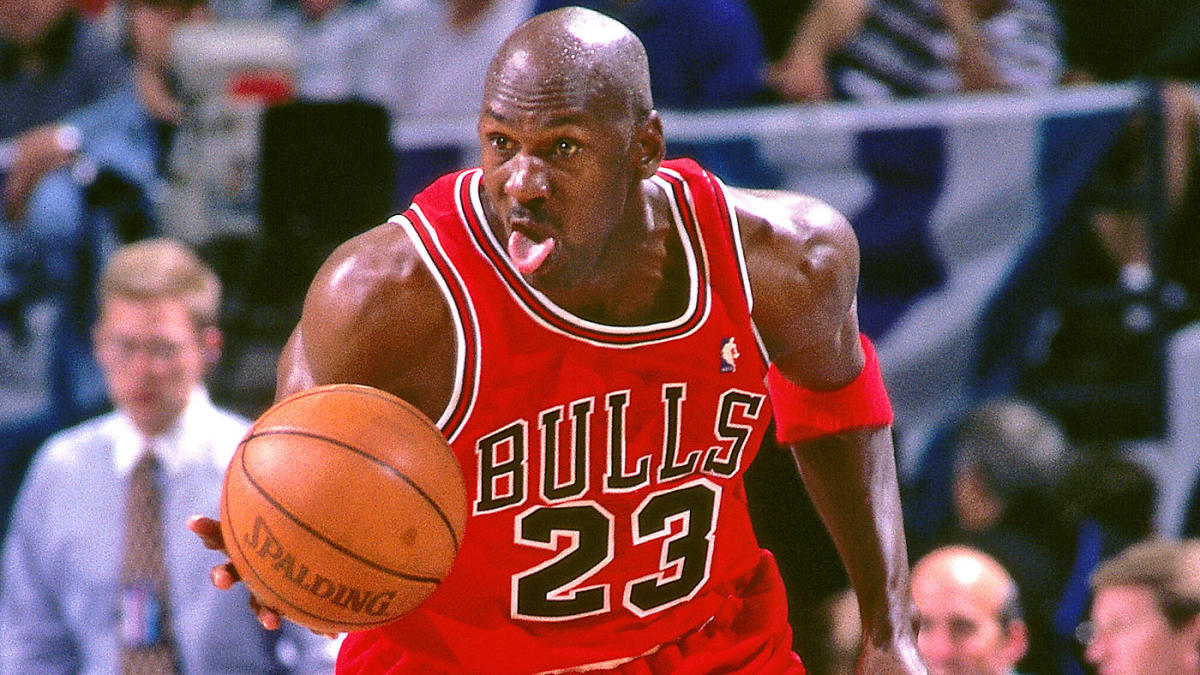
With so much civil unrest, protesting, and righteous outrage happening on American streets, it feels wrong to write about something as comparatively trivial as sports. However, people need different ways to take a break from the news and trauma of the moment, so after reading my article, if you wish to read my thoughts about the Black Lives Matter movement, I’ve included it below. Thank you.
If you like sports, then you’ve no doubt heard about—if not watched, loved, and devoured—the ESPN and Netflix documentary series The Last Dance. Over 10 captivating hours, The Last Dance focuses on Michael Jordan’s spectacular career and features never-before-seen footage from the Chicago Bulls’ 1998 NBA season.
Originally slated to air in June, ESPN made the insightful decision to release the series in April, filling a massive void within sports fans left by suspended leagues of all sports and sizes around the world.
As I said when I wrote about the death of Kobe Bryant four months ago (and wow, things have changed a lot since then), I’m outside the NBA fanbase as much as any sportswriter can be. I don’t watch. I don’t track. It’s just not my game.
But Michael Jordan is, was, and always will be special.
Five minutes into the first episode, I was instantly thrown back in time to my adolescence. Despite never attending or even watching an NBA game in the ‘90s (sorry Sonics and Trail Blazers), I knew who Jordan was. Everyone did, because he was everywhere. Turn on a TV or pick up a magazine and there was MJ looking and being awesome.
Jordan’s extreme talent is undeniable, but it was his style of play that enabled him to separate from the rest of the NBA greats of his era. At the time, Magic Johnson and Larry Bird ruled the league, but Jordan’s game had finesse, where others had function. His play was vertical, while others were horizontal. He took to the air with his contemporaries, but somehow stayed aloft longer than anyone else until it was only him still flying gracefully towards the basket.
While others jumped, Jordan flew.
I’ve often heard the phrase “poetry in motion” used to describe an otherwise indescribable moment when an athlete defies the common sense of sports—displaying both comfort and command during an unbelievable act of astonishing skill. I believe that phrase belongs to Jordan.
There are countless moments—big and small—in The Last Dance that capture these extraordinary elements of MJ’s game. Most of them are accompanied by interviews with teammates or competitors of the time commenting on his unique level of competitiveness, will power, and sheer athletic excellence that allowed him to accomplish his mythic feats.
To kids everywhere looking up to him, Michael Jordan wasn’t a basketball player—he was a living legend.
For example, his slam dunk from the free-throw line was such common knowledge on my elementary school playground that everyone, including myself, attempted to recreate it—complete with a tongue hanging out of the mouth. We all failed, of course. We were kids. MJ was a superhero, or he at least had superpowers.
Michael Jordan’s ascent from NBA player to worldwide super-icon wasn’t an accident and won’t ever happen the same way again, both for the same reason… timing.
The Last Dance does a good job of detailing the landmark moments of Jordan’s rise in the league and then far, far beyond it.
It’s hard to imagine it now, but Converse was the official shoe of the NBA until the 1970s. After making his debut with the Bulls in 1984, Jordan signed his first shoe deal with then-startup Nike. That now-iconic endorsement forever changed the style, trend, and relationship between sports and fashion. Since then, there have been 34 official Air Jordan shoes, but that’s not counting the endless variants. (To read more about the specifics of Jordan’s first and subsequent shoe deals, click here.
Additionally, the NBA was eager to attract a global audience and found one with Jordan’s talents on the court and his approachable personality off it, a perfect ambassador for the game of basketball on a larger stage. Whether playing Chicago or on the road, his presence elevated attendance and attention from fans, sparking a global interest in basketball.
The NBA was so enthusiastic about Jordan’s role in encouraging basketball around the world that he had a special clause in his contract known as the “love-of-the-game” clause, which allowed him to play basketball in the offseason to help promote the sport.
With such a spotlight and platform, it was only a matter of time before he achieved stardom beyond the court.
In 1996, Space Jam, Jordan’s feature film about playing basketball in space with the Looney Tunes, opened at number one at the North American box office and grossed over $230 million worldwide, eventually becoming the highest-grossing basketball film of all time. Think about that level of international popularity… Making your first movie almost entirely alone, with cartoon costars, about how amazing you are at basketball, and then watching a global audience respond so completely that you set a record… Unreal.
In fact, Jordan became not only the face of the NBA, but arguably the face of the United States in the early 90s to a large portion of the world’s population. And his excellence on the court represented our excellence abroad, which elevated and expanded the appeal of US culture everywhere.
That won’t happen again.
The era of the Internet has brought the world so much closer, and social media has made individual players their own brands to promote. There have been many other players to come along since Jordan that could’ve similarly filled an ambassador role if they had been born years or decades earlier, but in our modern world, the role of a sports icon has changed.
From my outsider seat, I often observe today’s NBA superstars using their popularity and platforms to push for positive change on social issues rather than promoting the game. Perhaps I’m too far outside the topic and miss all the NBA promotion that they do. Maybe after Jordan’s work, there’s less global promotion needed and their time is better spent elsewhere. Or maybe no other player has the perfect balance of talent, personality, presence, and success required to properly fill the role… I’m not sure.
The one thing I am certain of after watching The Last Dance is that Michael Jordan was a one-of-a-kind player who came to the NBA at the perfect time and excelled at levels never seen before or since.
That’s “one” thing, right?
As an adult watching the documentary each Sunday night, I was dazzled by the storytelling and production in front of my eyes. The footage was impressive, the multi-layered editing had vigor, and the interviews were thorough and insightful. But for the inner kid in me watching the series, the MJ highlights, era-specific music, and behind-the-scenes footage all hit me like a nostalgic punch in the gut.
I was simultaneously able to appreciate the excellent way this intricate saga was told over ten hours as well the magical enchantment of Michael Jordan all over again. Only this time, I was able to understand the why and how behind the who and what I thought I knew. I can’t possibly recommend The Last Dance enough.
And for those who don’t have access to ESPN, you only have to wait until July 19th for it to launch on Netflix.
The question now becomes, will sports of some kind, likely the NBA, have returned by mid-July to compete against MJ (one last time)? Or will there still be a void for so many sports fans waiting to be utterly dominated by MJ (yet again)?
As with so many things these days, we’ll just have to wait and see.
PUSHING THE PROTESTS TO NOVEMBER
Witnessing cries for cultural change on this scale is extraordinarily powerful and deeply needed, but action in the streets now must be followed by equal action at the ballots in November.
Systemic problems require systemic reforms.
From your local school board to the presidency, we need to elect people who are publicly committed to rebuilding the flawed architecture that wrongfully sustains our nation’s entrenched problems. And we need to immediately vote out anyone who stands opposed.
I know it’s a slow and often dispassionate solution, which feels wrong in a time of so much immediately accessible anger, pain, and suffering, but without effectively translating outrage today into landslide voter turnouts in the fall, I fear we are likely to experience these same injustices again and again.
Whatever you’ve been feeling these last few days, be it blinding rage, deep sadness, inspiration to act, or anything else (everyone is entitled to their feelings), please remember how you feel when you’re standing at the ballot box in a few months.
Push as hard as possible to change the system from the outside while also encouraging every eligible voter to change the system from within. We’ll find results when both efforts meet in the middle.
Black Lives Matter.




